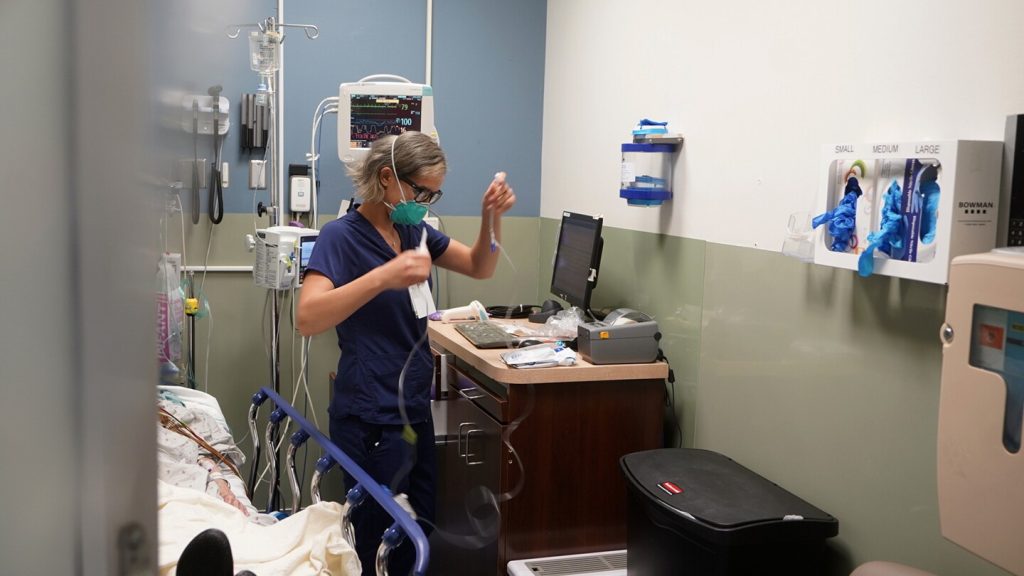California regulators have approved a new rule that will limit annual price increases for doctors, hospitals, and health insurance companies to 3% starting in 2029. This decision comes in response to the rising costs of medical care in the United States, with Californians experiencing a 5.4% increase in healthcare spending each year over the past two decades. In comparison, most people’s income only increased by 3% annually during that same period. The rule will be phased in over five years, starting at 3.5% in 2025, and will be enforced by a new state agency, the Office of Health Care Affordability. Providers who do not comply could face fines.
The California Health Care Affordability Board approved the 3% cap, with board chair Dr. Mark Ghaly emphasizing the need to be aggressive in addressing the high costs of healthcare. However, the healthcare industry has expressed concerns about the low cap, arguing that it will be difficult to meet. Hospitals, in particular, have highlighted the challenges they face in controlling costs, with more than half of their expenses going towards worker salaries. A new state law raising the minimum wage for healthcare workers will further impact hospital finances. The California Hospital Association has warned that many hospitals are already struggling financially, with some rural facilities at risk of closure.
California’s healthcare industry supports the idea of a statewide cost target but questions the feasibility of meeting a 3% cap. The board based the target on the average annual change in median household income in California between 2002 and 2022, which was 3%. However, critics argue that this number is artificially low because it includes years affected by the Great Recession. They suggest looking at the past 10 years, during which median household income increased by an average of 4.1% annually. The board will need to determine how the cost target will be applied across various healthcare sectors and enforcement will be progressive, offering providers opportunities to avoid fines.
Healthcare spending in the United States has more than doubled in the past two decades, reaching $4.5 trillion in 2022. California’s 3% cap on annual price increases stands out from other states with cost targets due to the size of its healthcare industry and the plan to enforce the limit with fines. Providers may exceed the cap under certain circumstances, such as giving raises to healthcare workers. California has recently expanded access to health insurance, but state lawmakers have resisted more ambitious actions like a single-payer system. Governor Gavin Newsom described the new rule as a crucial step forward in making healthcare more affordable and addressing the exorbitant costs of medical care in the state.
Wednesday’s vote marks California’s first attempt to tackle healthcare spending, which reached $405 billion in 2020, or $10,299 per person. Costs have significantly increased for individuals with employer-based health insurance, with the percentage of workers with deductibles of $1,000 or more rising from 6% in 2006 to 54% in 2020. Advocates hope that the new cost limit will incentivize more cost-efficient services and improve the quality of healthcare. The decision reflects a broader effort to reign in healthcare costs, with California taking a proactive approach to address the financial burden faced by residents when accessing medical services.


